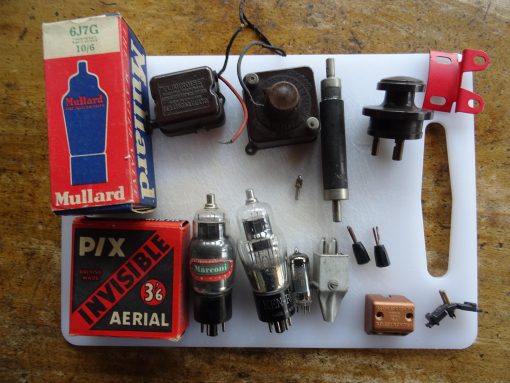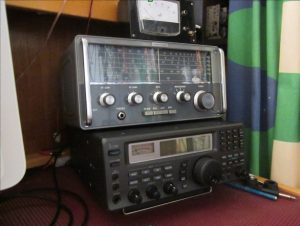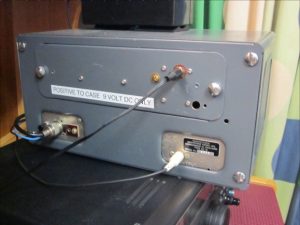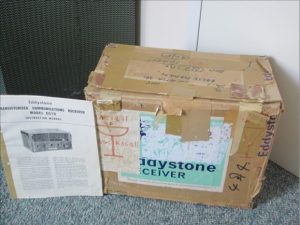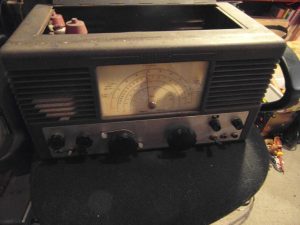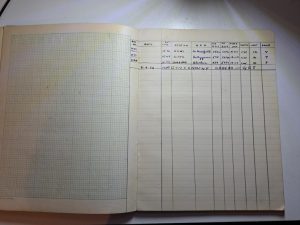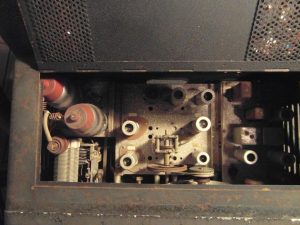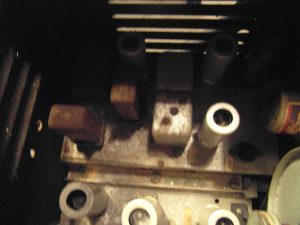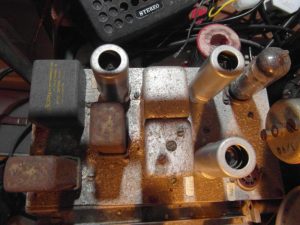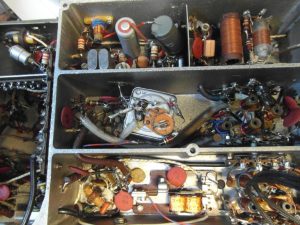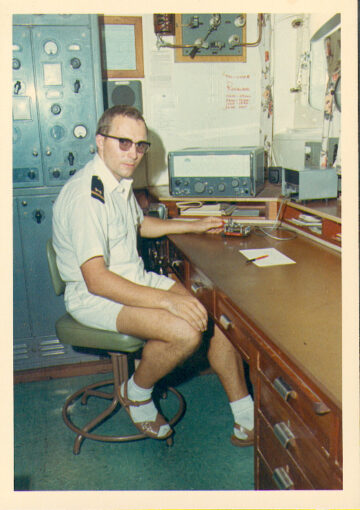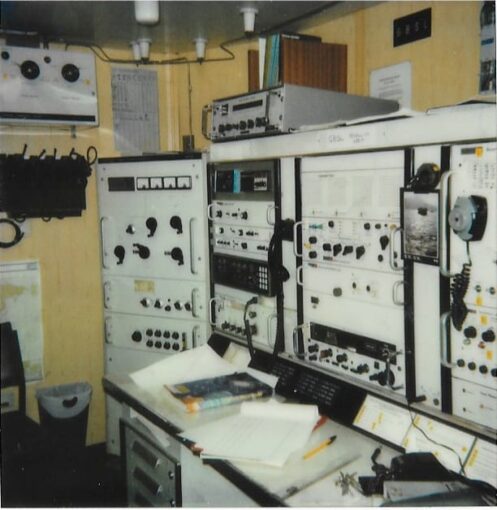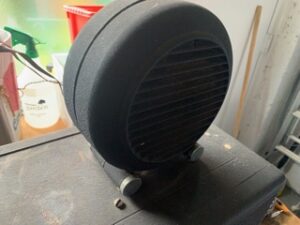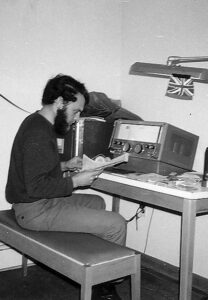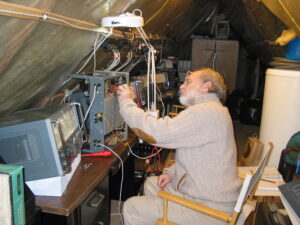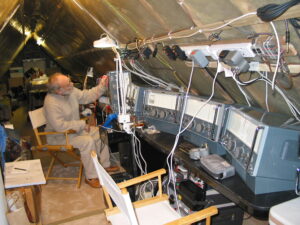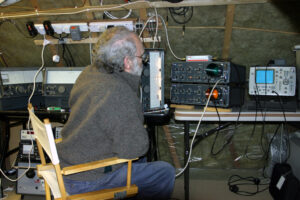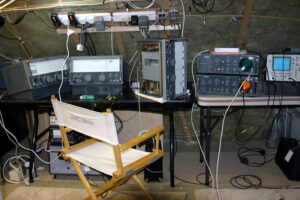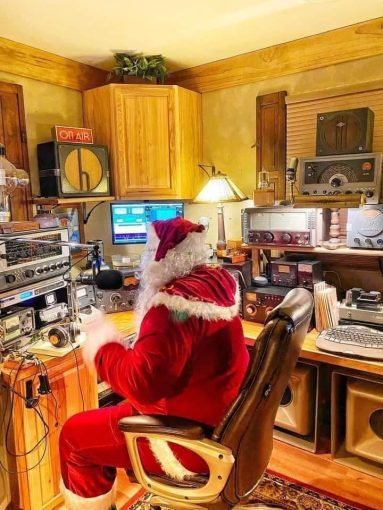Obituary: Peter Lankshear, Early Eddystone User Group member in New Zealand
It was with great sadness that I learnt of the passing of Peter Lankshear, an early member of the Eddystone User Group, of New Plymouth, New Zealand, on the 31st of March 2024 at the age of 95. Peter was the much loved husband of the late Iris and will be greatly missed by his three children, seven grandchildren and eight great grandchildren, plus his many friends from the world of vintage radio.
Peter was a life member of both the New Zealand Vintage Radio Society (NZVRS) and the Historical Radio Society of Australia (HRSA). He wrote numerous articles for a number of publications, including the NZVRS “Bulletin”, the HRSA “Radio Waves”, the American “Old Timer’s Bulletin”, the British “Radio Bygones” and the Eddystone User Group’s Newsletter “Lighthouse”.
Peter wrote about his early life in EUG Newsletter No 37 pp 22 & 23 (available here). He commenced work with the New Zealand Broadcasting Service as a technician and in 1950 was transferred to the Quartz Hill Receiving Station high on the hills above Cook Straits which separates New Zealand’s North and South Islands. Being midway between the Equator and Antarctica it was ideal for world-wide radio reception. The station was installed during WW2 as a vital news and information source and post war developed into an international monitoring service providing reception reports on transmissions received from Asia and North America. A principal function was monitoring the BBC General Overseas and Pacific Service. It was at Quartz Hill that Peter first encountered Eddystone receivers in the form of a pair of S680X receivers which were installed as Search receivers. Peter was impressed with the build quality of the Eddystone receivers compared to the American and Canadian sets they already had and vowed to own one. He did eventually but it took him 35 years to acquire one. Peter spent most of his working life with the NZBC and his hobby was collecting and restoring vintage radio sets.
Peter was a prolific contributor to the NZVRS “Bulletin” and their website lists nearly 100 articles he wrote on vintage radio equipment including the Eddystone 940 and the 870A between 1988 and 1996. Peter built up a huge collection of vintage radio’s over the years but he disposed of this to other collectors before his death and Daniel Hockey, ZL4VR, became the owner of his four Eddystone receivers (S640, S750, S680/2 and S940). Apparently Peter was keen that his beloved radios went to someone who would not only keep them in use but was also a younger radio enthusiast. Daniel is 36 years old and has been interested in vintage radios and test equipment since he was a child. It was Daniel who was kind enough to notify me of Peter’s passing so I think Peter’s sets are in safe hands.
Peter and Graeme Wormald G3GGL (SK), the previous EUG Newsletter Editor and Administrator often corresponded on Eddystone matters, and Graeme wrote about Peter’s love for the Eddystone marque. RIP Peter and thank you.
Chris Pettitt G0EYO – EUG Administrator
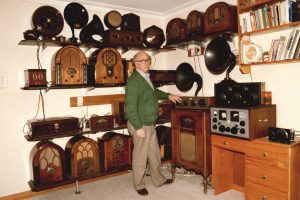
Peter with his collection

